Archaeologists from the University of Copenhagen have made a groundbreaking discovery at the 5,500-year-old site in Jordan, shedding new light on a lost civilization's secrets. The extensive excavations at the Murayghat site have revealed that the Early Bronze Age community, which flourished around 3500 BCE, transformed their way of life in response to climate and societal upheaval. Instead of living in villages, these communities forged unity through ceremonies, feasting, and monumental construction that redefined identity and territory in the absence of centralized power.
According to Dr. Susanne Kerner, lead archaeologist on the project, the people of Murayghat shifted from domestic settlements to ritual landscapes filled with dolmens, standing stones, and megalithic monuments. "This creative social response to climate and societal upheaval is a testament to the resilience and adaptability of these ancient communities," Dr. Kerner said. The team believes that these monumental constructions served as a means of redefining identity and territory, allowing the community to come together and reaffirm their social bonds.
The collapse of the Chalcolithic culture around 3500 BCE marked a significant turning point in the history of the region. The people of Murayghat, who had previously lived in domestic settlements, began to construct ritual landscapes that reflected their new way of life. These monumental constructions, which included dolmens, standing stones, and megalithic monuments, served as a means of redefining identity and territory, allowing the community to come together and reaffirm their social bonds.
The discovery at Murayghat provides a unique glimpse into the lives of ancient communities and their responses to climate and societal upheaval. "This site is a remarkable example of how people in the past responded to challenges and created new ways of living together," said Dr. Kerner. The team's findings are set to be published in a forthcoming paper, which will provide further insights into the lives of the people of Murayghat.
The excavations at Murayghat are ongoing, with the team continuing to uncover new evidence of the community's way of life. As the project progresses, the team hopes to shed further light on the lives of the people of Murayghat and their responses to climate and societal upheaval. The discovery at Murayghat is a significant contribution to our understanding of ancient civilizations and their responses to adversity.



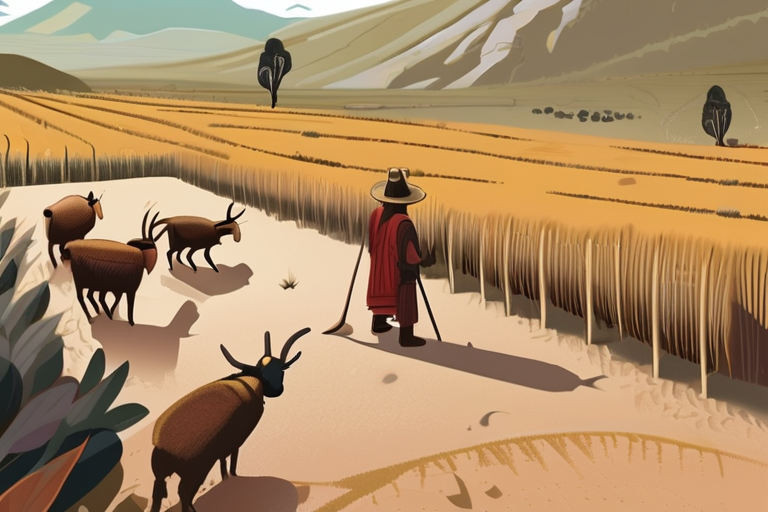

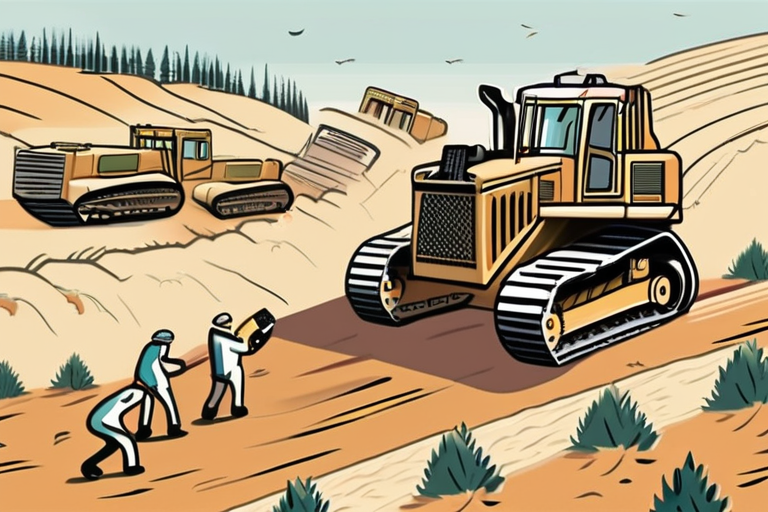
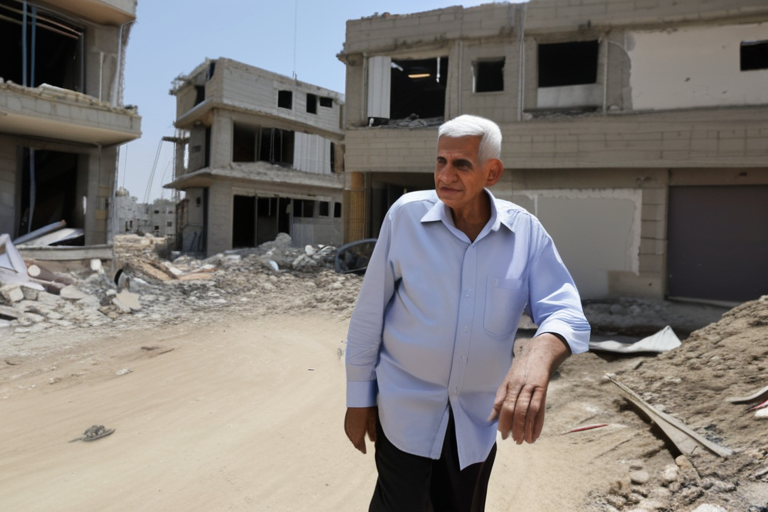
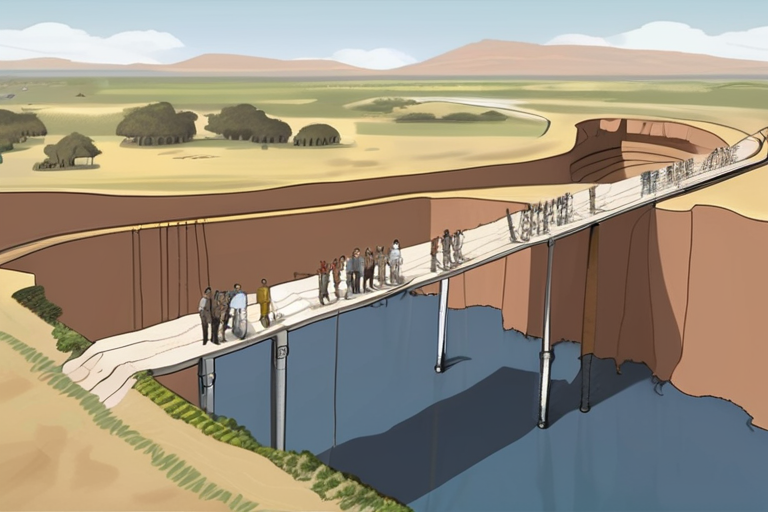

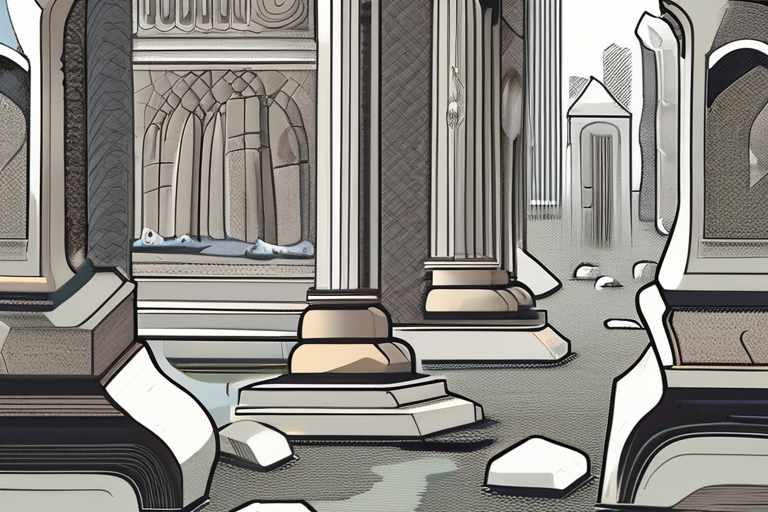

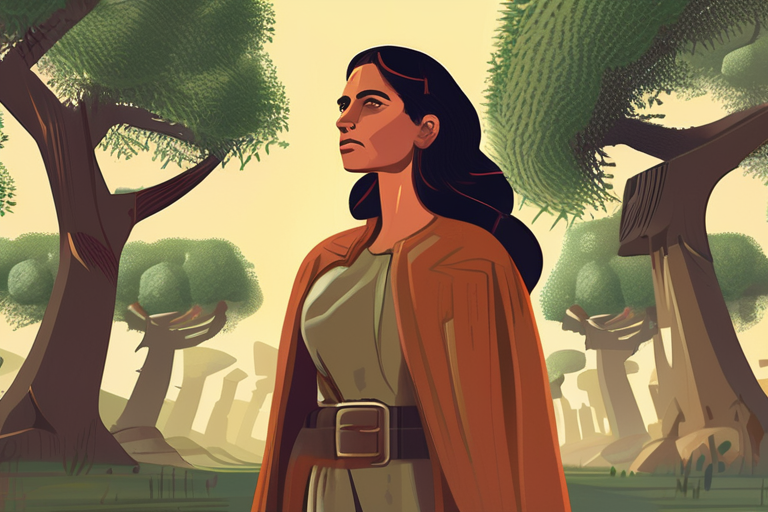
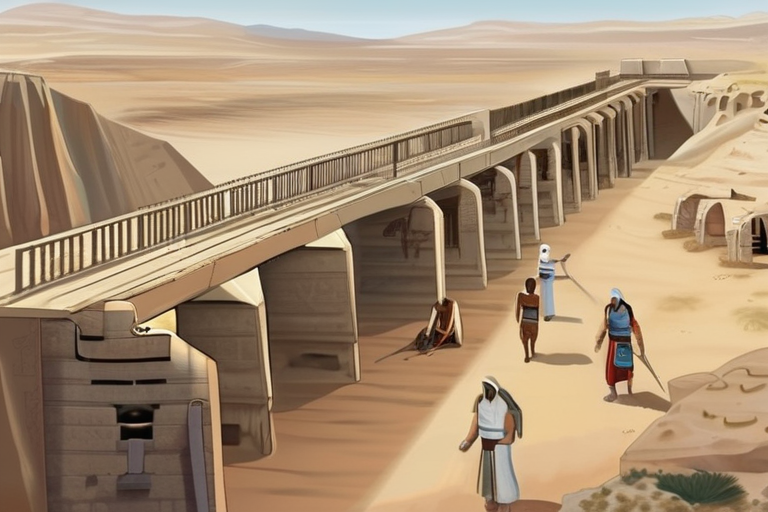
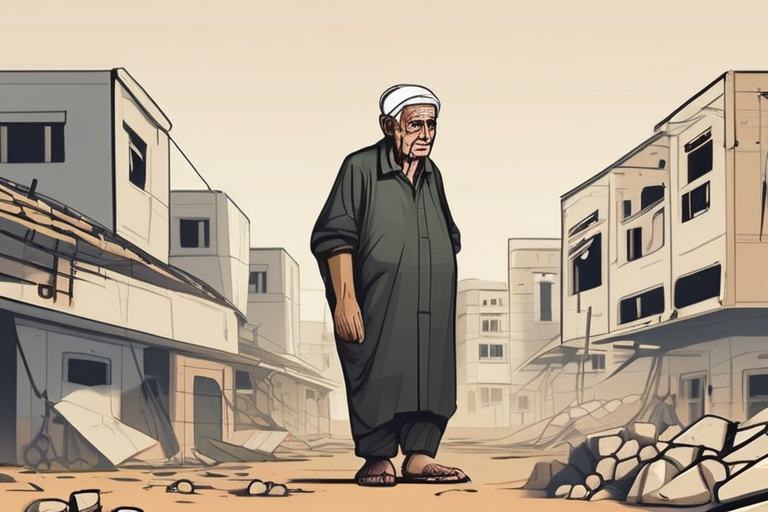
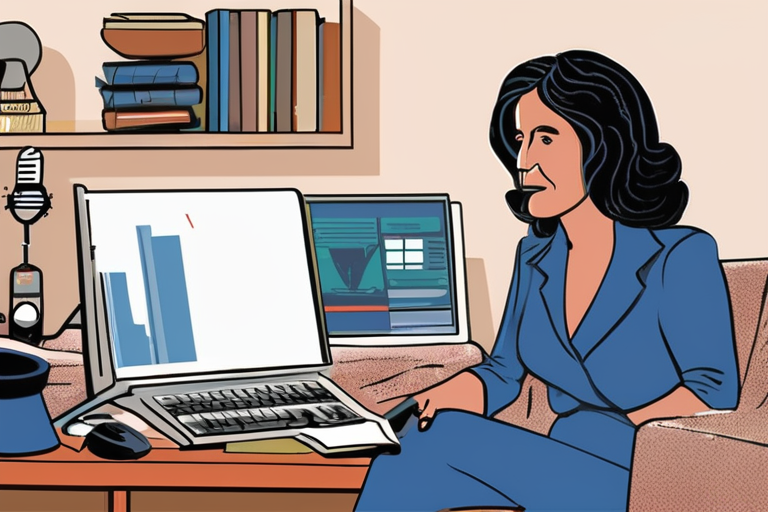

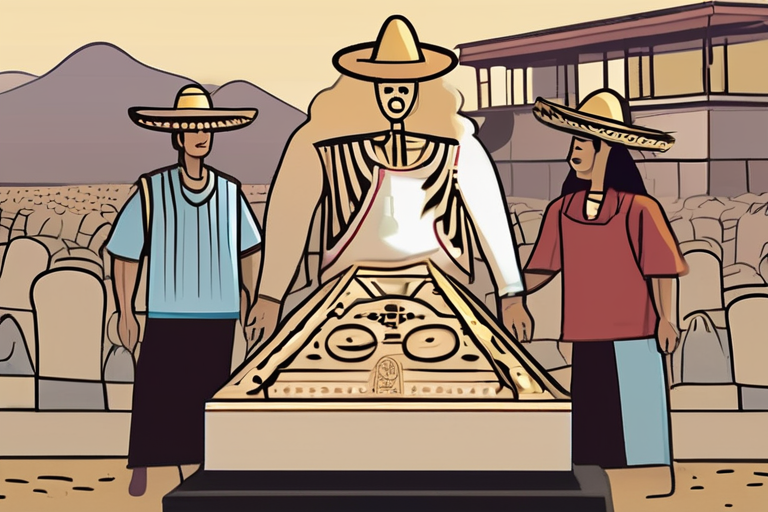
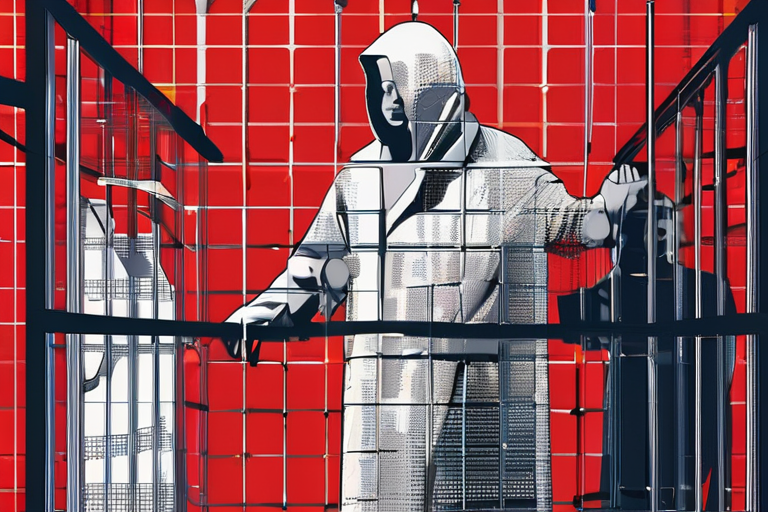
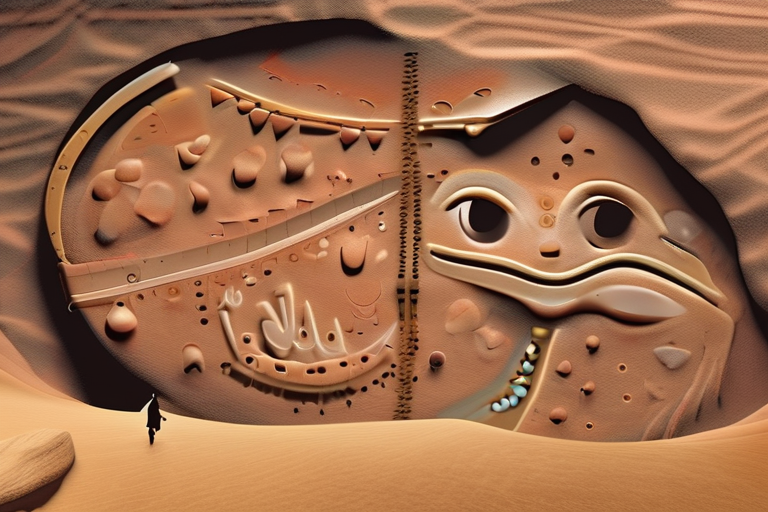
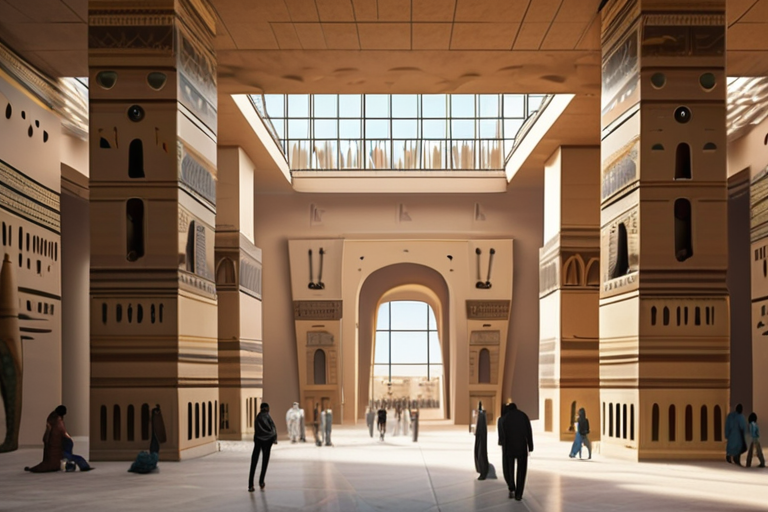
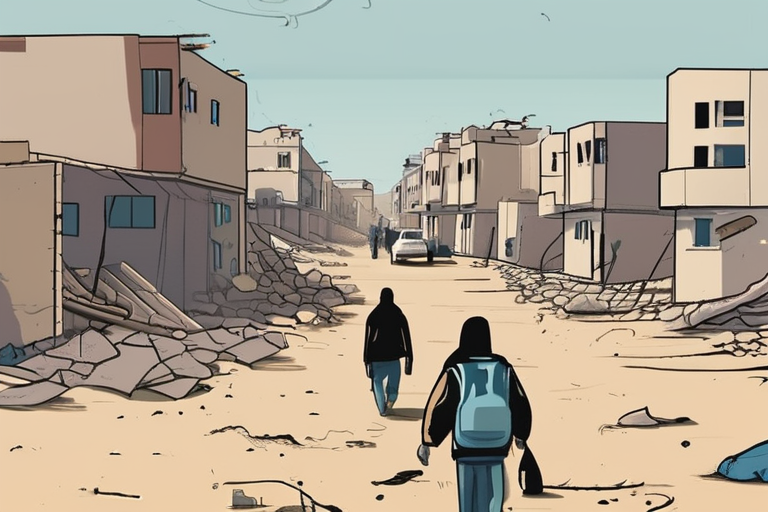

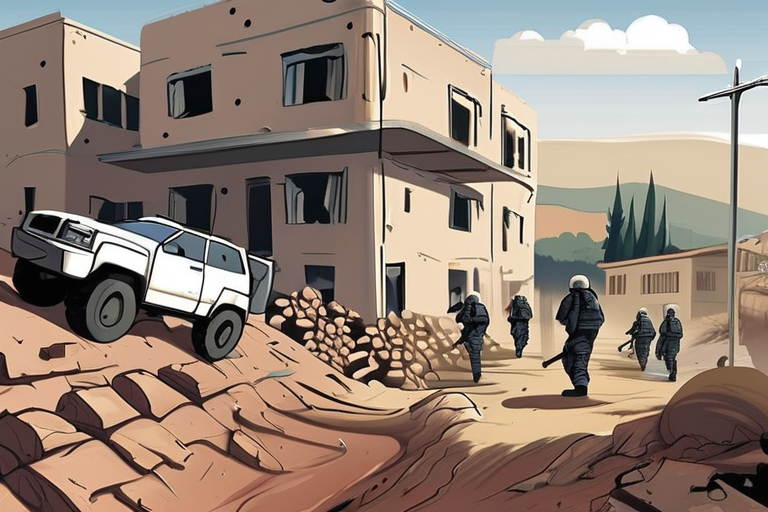

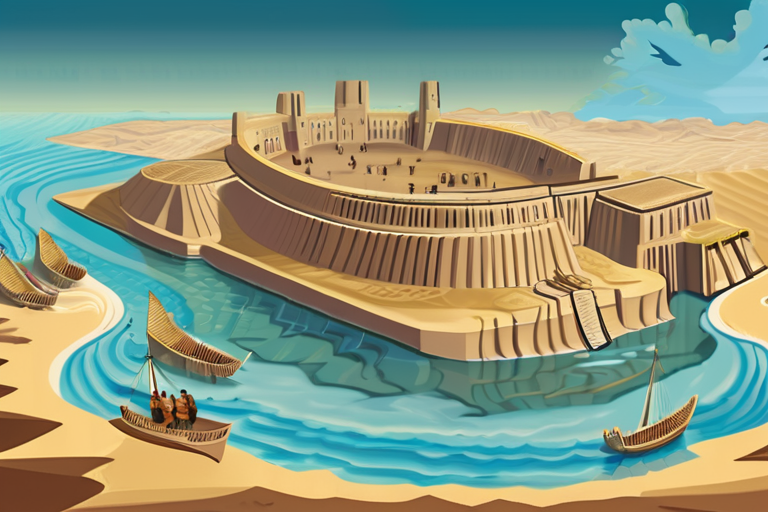
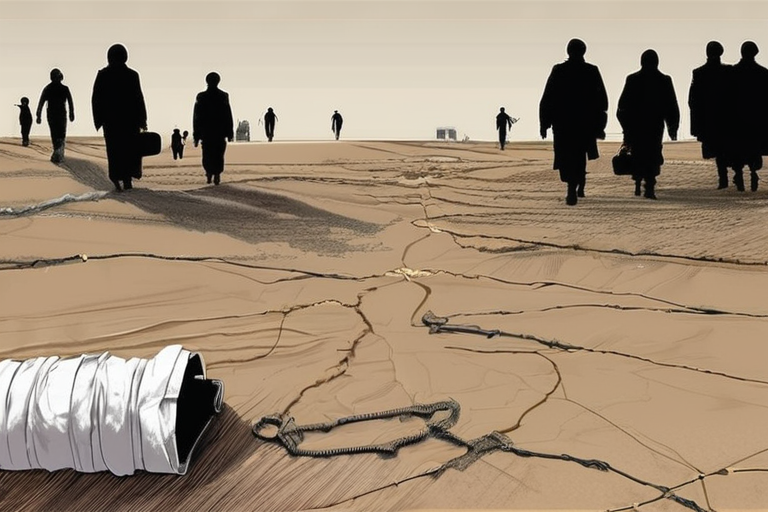
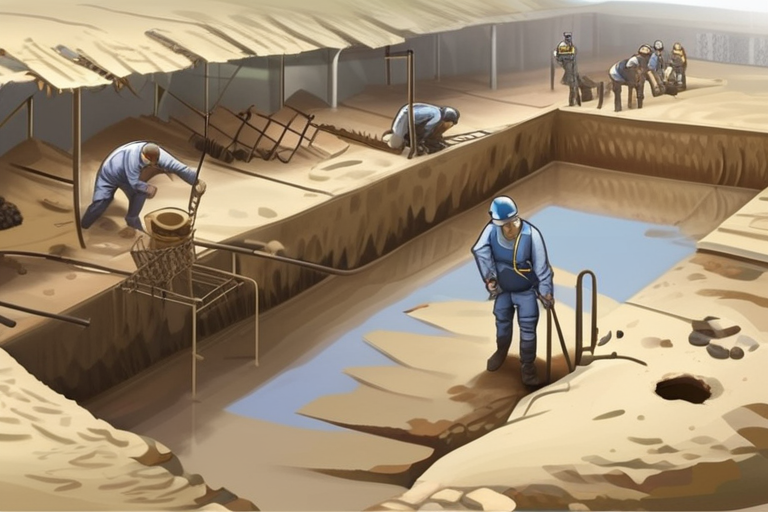
Share & Engage Share
Share this article